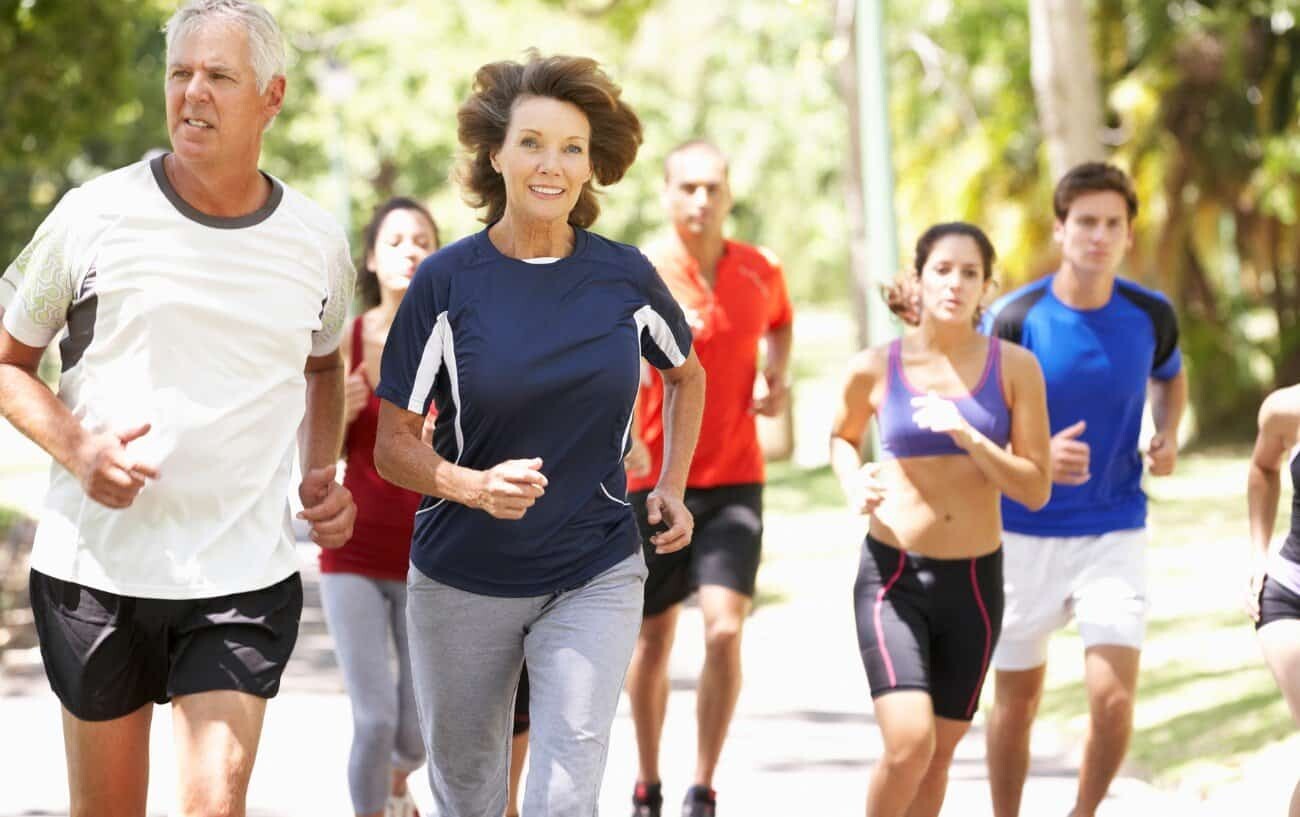Running News Daily
Running News Daily is edited by Bob Anderson. Send your news items to bob@mybestruns.com Advertising opportunities available. Train the Kenyan Way at KATA Kenya and Portugal owned and operated by Bob Anderson. Be sure to catch our movie A Long Run the movie KATA Running Camps and KATA Potato Farms - 31 now open in Kenya! https://kata.ke/
Index to Daily Posts · Sign Up For Updates · Run The World Feed
Tips for older runners to minimize aches and pains, stay safe, and have fun
So you want to start exercising more after a lifetime of cubicle-dwelling, and have settled on the sport of millions: running. Congrats — it is great exercise, and it can be very rewarding.
But please — if you’re over 50-something, or even younger and truly out of shape — do not simply lace up an old pair of sneakers and charge out the front door.
First, run the idea past your primary-care doctor. A physical exam may identify cardiac issues or other limitations that warrant trying a different form of exercise, instead.

And even after you obtain a clean bill of health, there are practical considerations to keep in mind. We spoke with Joseph Daigneau, owner of Persevere Physical Therapy in Philadelphia, and Dave Welsh, owner of South Jersey Running Co., for tips on how to stay safe, avoid frustration, and above all, have fun.
1. Where to run
One of running’s appeals is that no special facilities are required. Still, it is wise to choose a location carefully, especially as you get on in years.

Among the pitfalls: Older folks may not pick up their feet as high as younger people, Daigneau says. If you run on the sidewalk, beware of cracks and uneven pavement that can send you sprawling.
The same goes for running on grass. The forgiving surface may be more appealing than concrete. But for those who are less able to react quickly, hidden dips and depressions can result in a fall or sprained ankle.
A better choice may be a good paved trail in a park. Welsh recommends a high-school track, changing directions periodically or staying in the outside lanes in case the tight turns cause muscle strain.
Yet another option is to run in the street — but in that case, be aware of point number 2:
2. Seeing and hearing
In many states, including Pennsylvania and New Jersey, traffic laws dictate that if sidewalks are available, runners and other pedestrians must stay out of the road. If you must run in the street, stay on the left-hand side, facing traffic. That way, you can see oncoming motorists and get out the way, if necessary.
Above all, don’t assume that drivers can see you. It’s no secret that some people glance at their phones while behind the wheel, or even send a text, despite laws that prohibit it.
If running after dark, wear reflective gear. Many running shoes have shiny logos that reflect vehicle headlights, but that isn’t enough. Consider wearing a vest or light jacket with reflective material.
And resist the urge to wear headphones, lest you fail to hear traffic. That goes double for older people, many of whom have a hearing loss. Consider running with a partner so you can look out for each other, or even a group affiliated with a running store. There is safety in numbers; plus, it’s more fun.
3. Start slow
If you have not exercised in a while, the joints are going to be a bit creaky. Start slow. If running seems daunting at first, feel free to walk, instead.
Daigneau tells novice runners to start by making sure they can walk for 30 minutes with no pain. Then they can graduate to a combination approach: repeated cycles of six minutes of walking followed by four minutes of running at a moderate pace. If you complete five of those repetitions (50 minutes’ worth), that amounts to 20 minutes of running — a respectable goal.
Even after you build up strength and endurance needed for sustained running, there always will be aches and pains. That is true at any age.
The key is to distinguish between regular soreness and the type of pain that suggests you are overdoing it. Daigneau says that if soreness persists beyond two or three days, it’s time to dial it back.
Sudden, sharp pain also is a red flag. When in doubt, stop. Don’t be reluctant to seek medical attention.
4. What to wear
At any age, a runner’s most important purchase is a good pair of shoes. The topic merits an entire article, but at a minimum, keep these tips in mind:
Running shoes generally should be at least a half-size larger than other footwear, Welsh says. That’s because a runner’s feet and toes swell during the course of a run, and they also spread out each time the shoe hits the ground. A bit of extra space is essential.
Older runners may like a shoe with more cushioning, but the most important attribute is a good fit. A trip to a store with trained salespeople is a smart idea.
The shoes can be pricey, sometimes running more than $100. If that’s too steep, ask whether the store has older models at clearance prices.
by Tom Avril
Login to leave a comment




